Major project
Balance social media with real life [Read more]
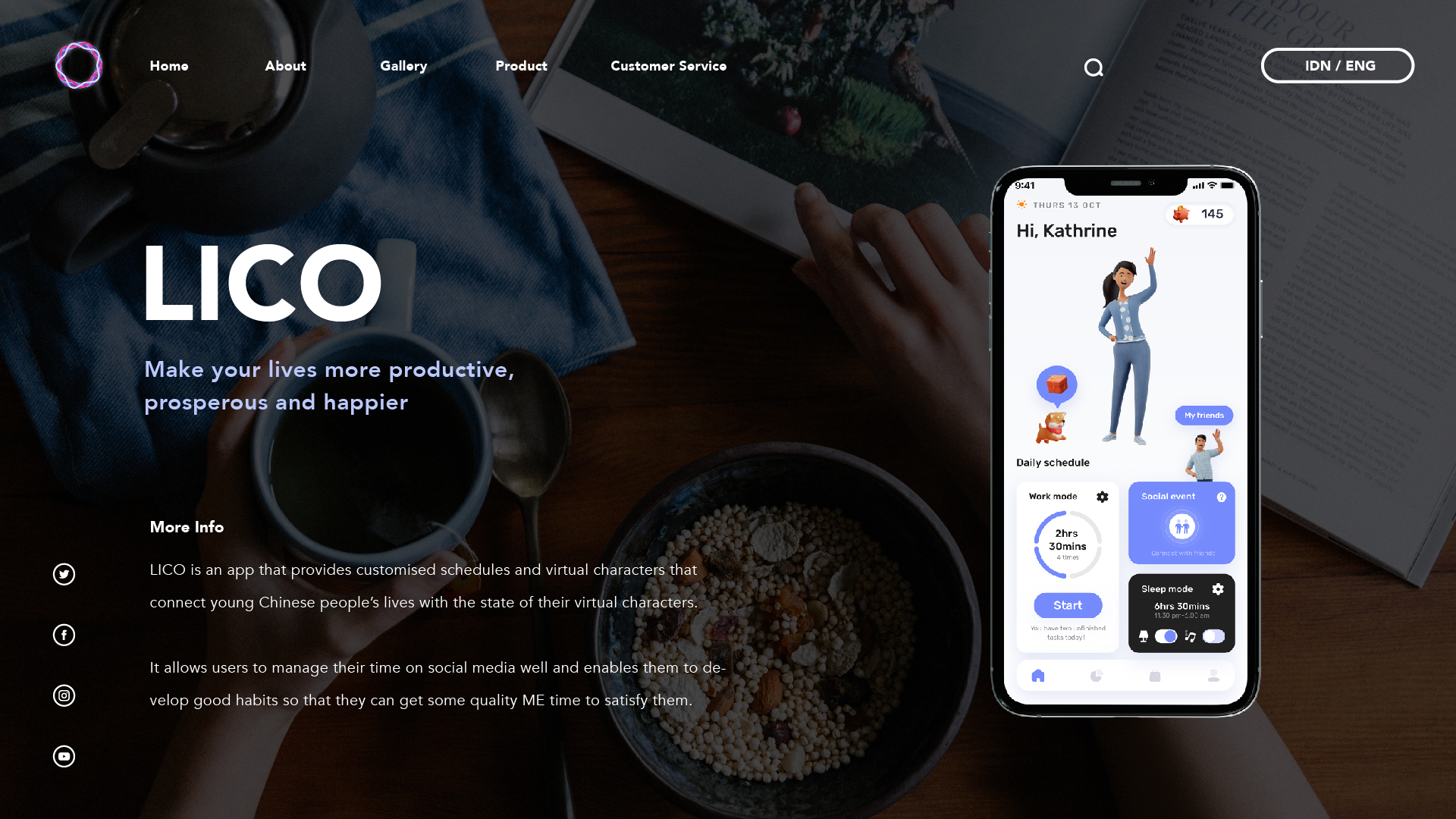
LICO is a helper to get people to develop good habits.
LICO is an app that provides customised schedules and virtual characters that connect young Chinese people’s lives with the state of their virtual characters.
It allows users to manage their time on social media well and enables them to develop good habits so that they can get some quality ME time to satisfy them.
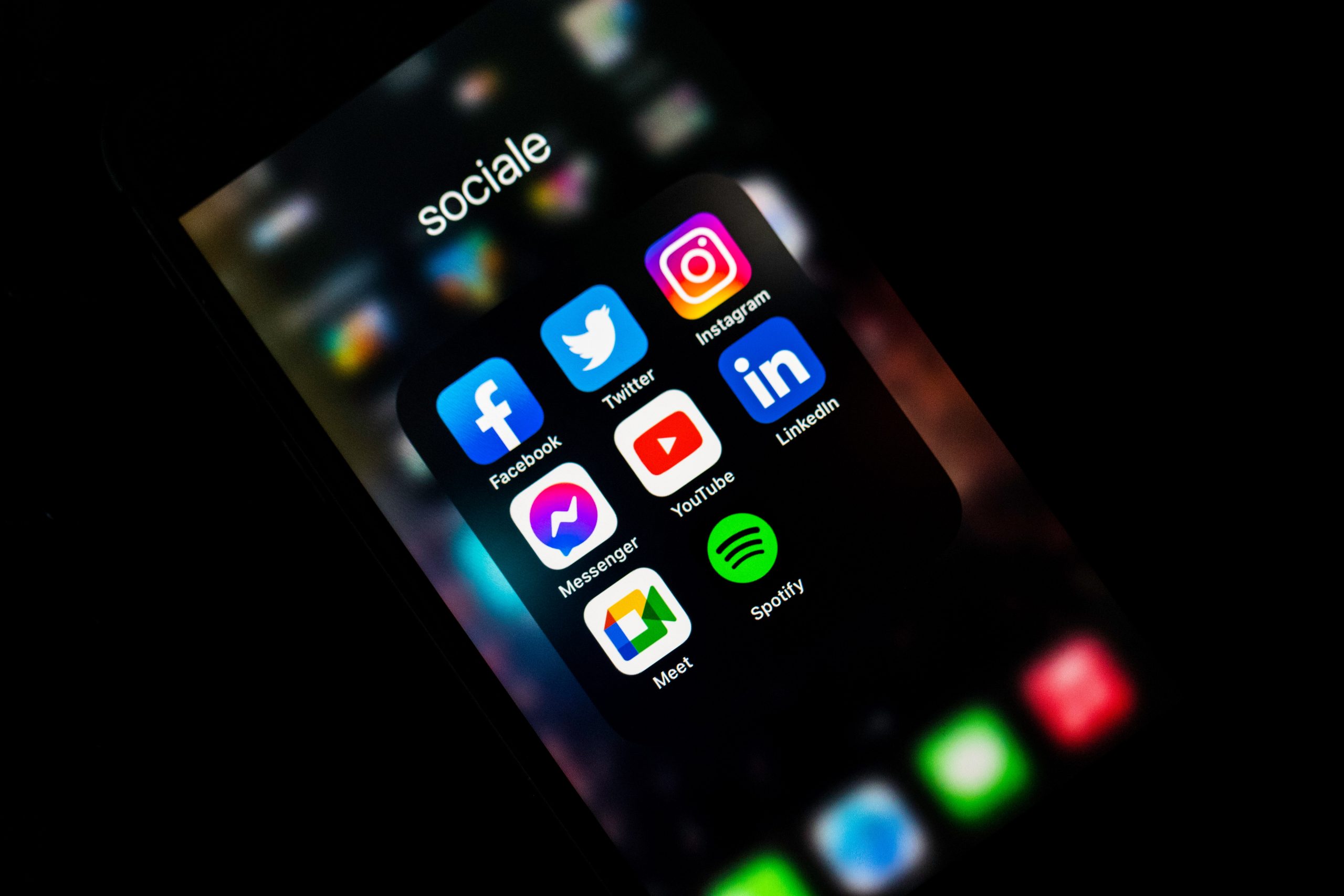
The challenge
In 2019, the average Chinese adult spent 3 hours and 54 minutes a day on social media. There is no denying that social media has many benefits. However, a growing number of studies show that excessive use of social media can affect people’s physical and mental health.
Excessive use of social media can increase people’s feelings of loneliness. This loneliness increases with the frequency and length of social media use. Among them, young adults spend the longest time using social media. They are more likely to suffer from the harmful effects of social media.
Several studies have reported that young people spend a long time on social media every day because they expect to use social media to relieve their loneliness. Evidence indicates that social media does reduce people’s social loneliness, but they face higher levels of emotional loneliness. Furthermore, apparent sensations of loneliness predicted excessive social media use and anxiety, leading to greater reliance on social media, creating a vicious circle. Besides, heavy social media use also displaces more authentic social experiences because the more time a person spends online, the less time there is for real-world interactions.
Therefore, the impact of social media on loneliness is more complex and cannot be seen as having only negative or positive effects. The focus of this research is better to understand the relationship between social media use and loneliness.
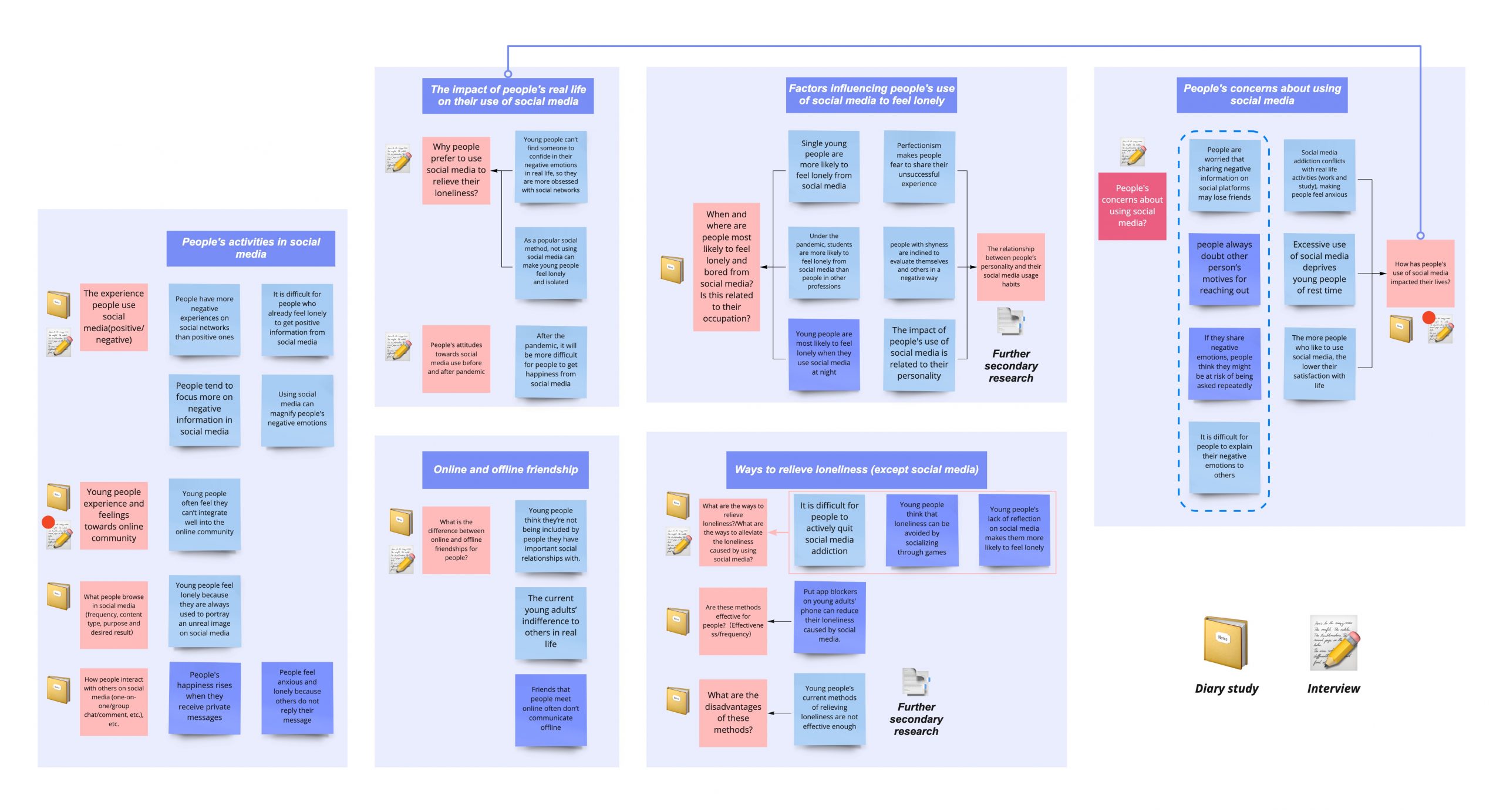
User research
In-depth contextual research was conducted to gain deep qualitative insights into young Chinese adults' motivations, attitudes and behaviours when using social media. By evaluating the assumptions that have been proposed, the designer identified themes and questions that require further research.
Methods included:
Diary studies: The purpose of using it was to research those themes that relate to user behaviour and the context of social media use. Seven participants were invited to use the diary booklet to record their behaviour, thoughts and emotional changes in relation to social media.
Semi-structured Interviews: The purpose of the interviews is twofold. Firstly, by categorising the themes before, those related to emotional change and views towards social media use were researched through the interviews. Second, the designer used interviews as an extension of the diary studies and to discuss diaries in detail with participants.
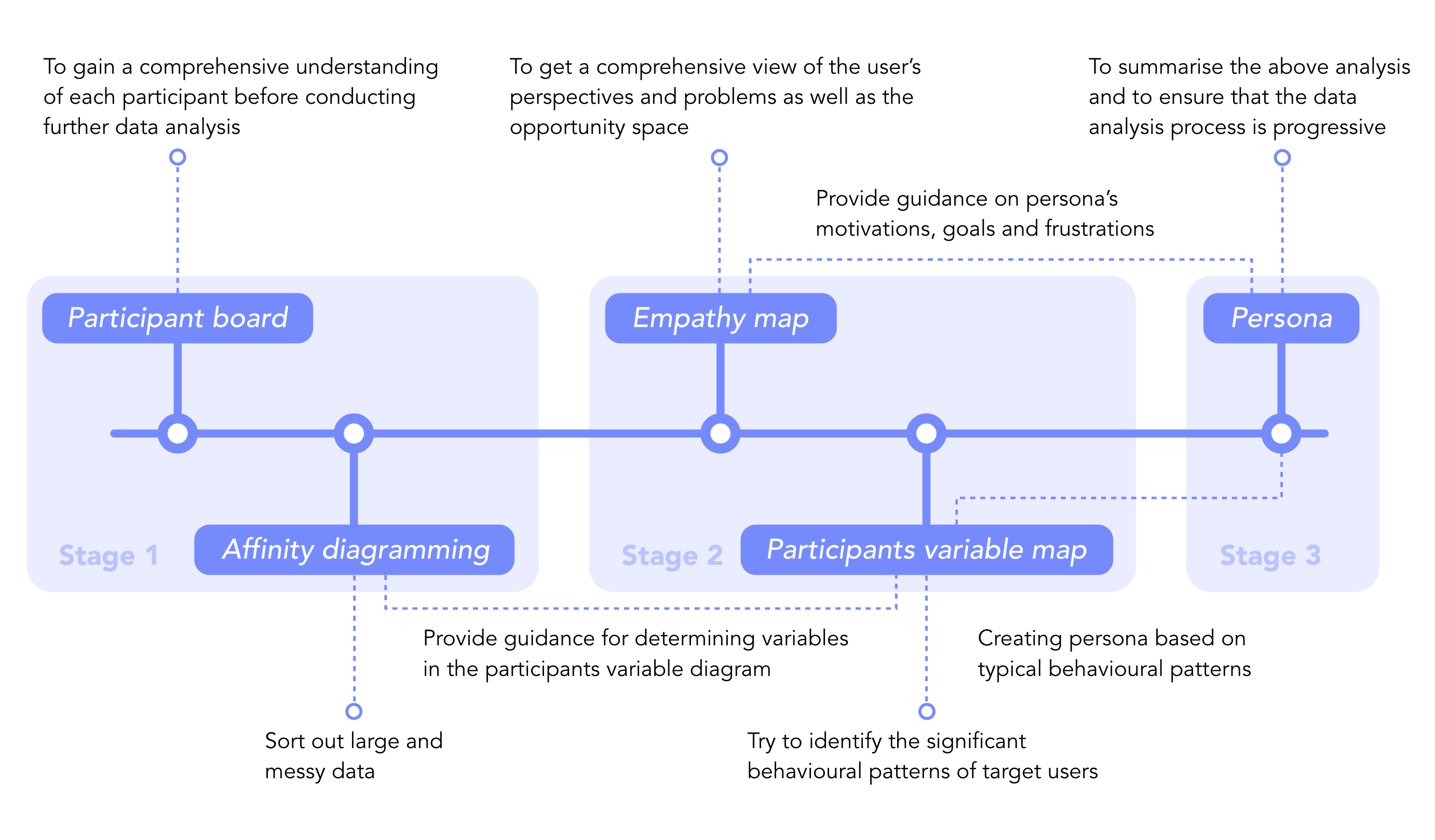
Key insights
Five methods were used during the data analysis phase, these included:
- Participant board;
- Affinity diagramming;
- Empathy map;
- Participant variable diagram
- Persona.
After a systematic analysis of the findings, the researcher extracted four key insights by thinking about what they mean and why they matter in the context of the project.
Insight 1: Manage time. Young people lack a plan for what they want to do and are always distracted by social media when they need to focus. Additionally, people feel anxious and frustrated that they still haven’t started or completed their tasks. And they feel lonely because they think that everyone else is doing or has done their work well except themselves.
Insight 2: Find ME TIME. That means young people always like to use social media for longer periods of time by sleeping less, they do this as a way of compensating for the loss of control in their lives or escaping from real life.
Insight 3: Avoid ruminating on bad things. Since young people cannot go to sleep immediately, they use social media for long periods of time until they feel sleepy to avoid overthinking everything. People use social media to avoid ruminating, but the content of social media can still lead to negative emotions.
Insight 4: More friends, less friendly.
Many young adults define friends by whether they are linked to each other’s social media accounts, rather than how well they know each other or how much of the impact they have on each other’s lives.
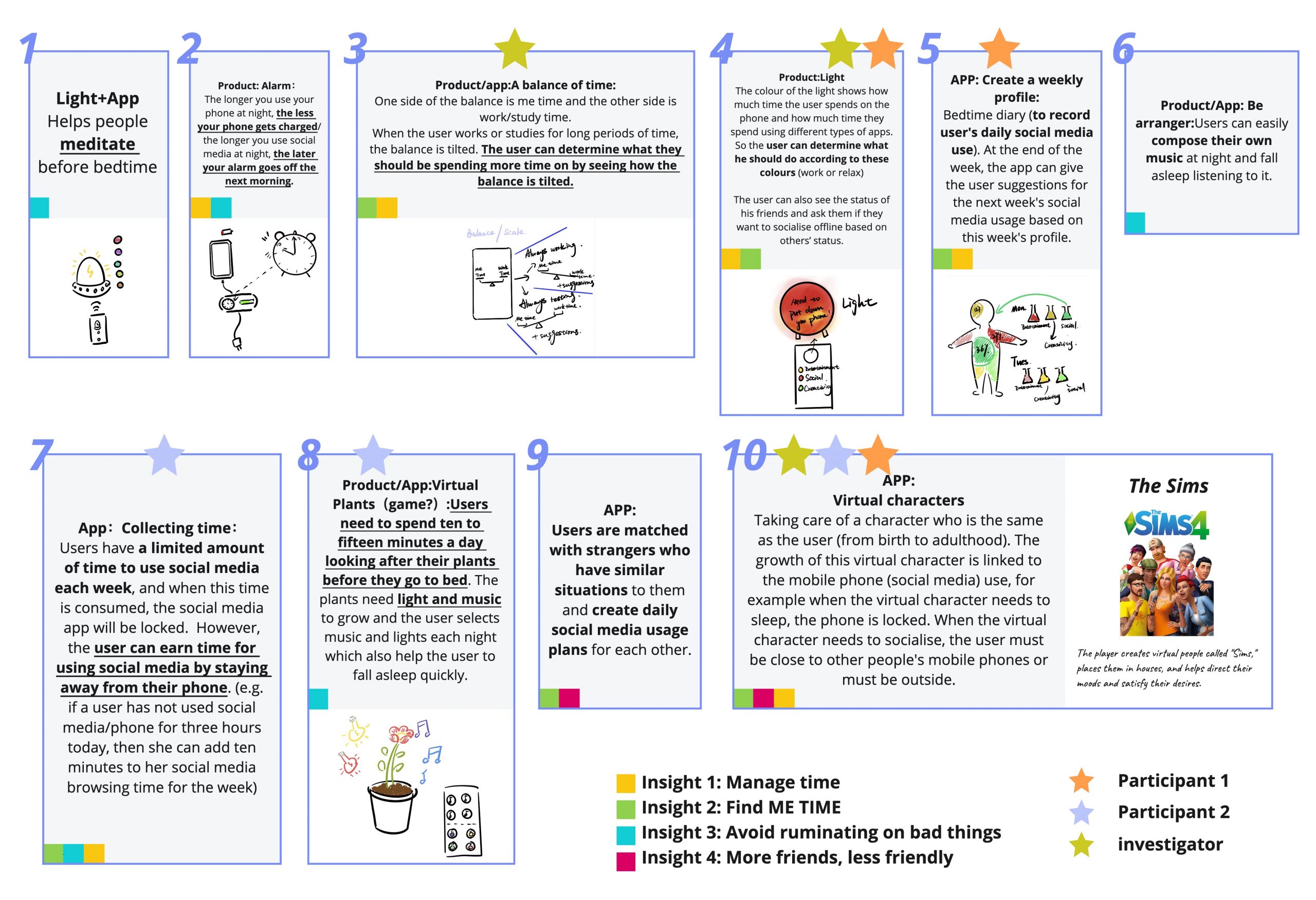
Concept Generation
Problem areas that pose a challenge to the target user can be obtained by defining themes and insights. The researcher uses the ‘How might We’ to translate these problem areas into design opportunities. By integrating the key “How might we”, the final UX vision statement and design principles were proposed.
Next, the designer conducted the concept generation. Two users were invited to participate in the ideation and crazy 8’s was used to get ten ideas. By voting, two ideas were selected. After that the designer thought about the innovation of the ideas, each idea was evaluated on feasibility desirability and viability and finally, three innovative ones were selected. So, By combining these results, the designer identified the idea to go further.
Behavioural change strategies were used in this project based on the fact that the impact of social media on users is two-fold.
After identifying the user's needs, the designer listed the features of the product. And through the Moscow method, all features were prioritised.
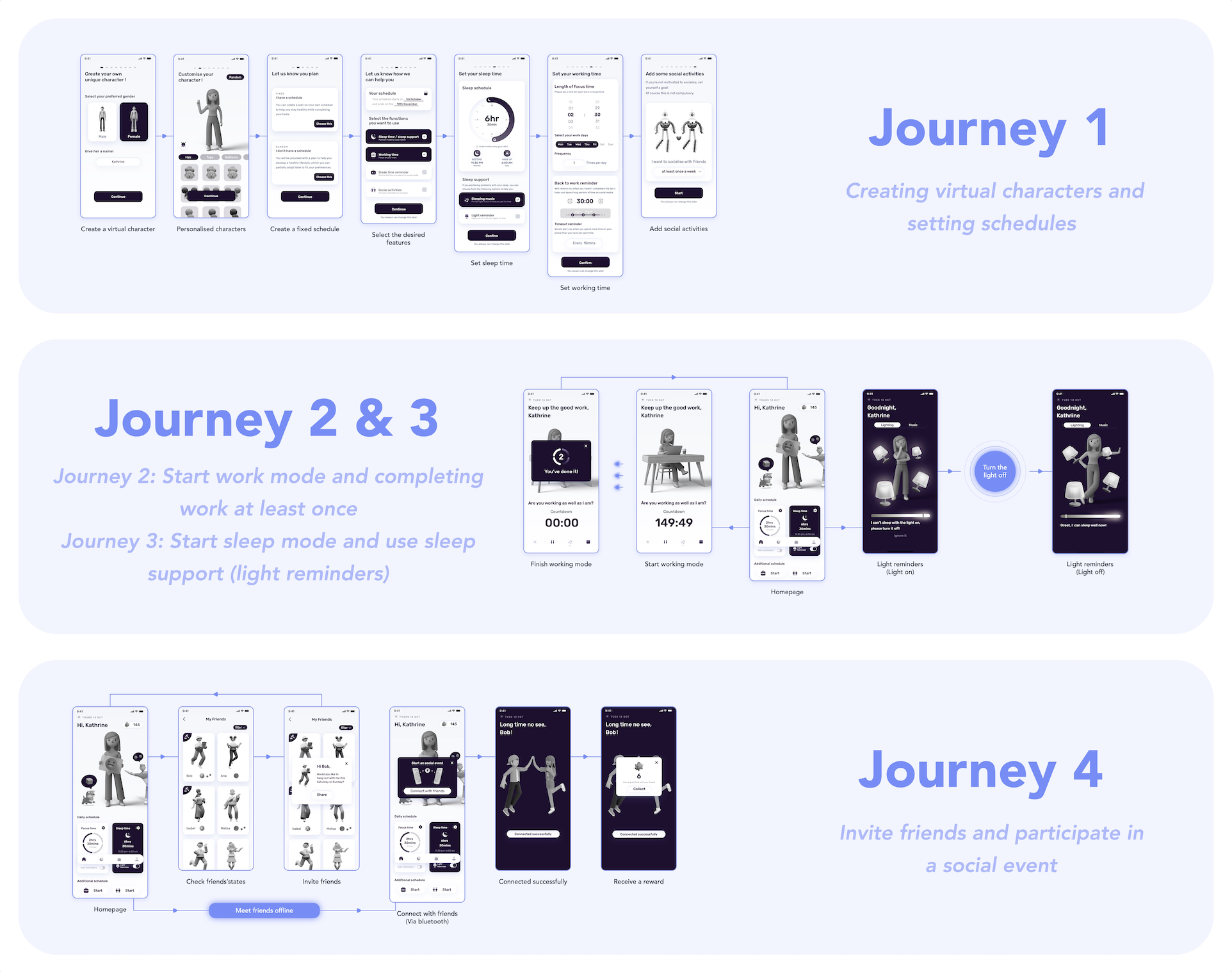
Prototyping and Design Iterations
Regarding the prototyping phase, the design was iterated three times.
They were:
An experience prototype based on an initial journey and a paper prototype;
A low-fidelity prototype that was tested in terms of features and flow respectively;
A high-fidelity prototype that was tested with A/B tests and heuristic evaluations.
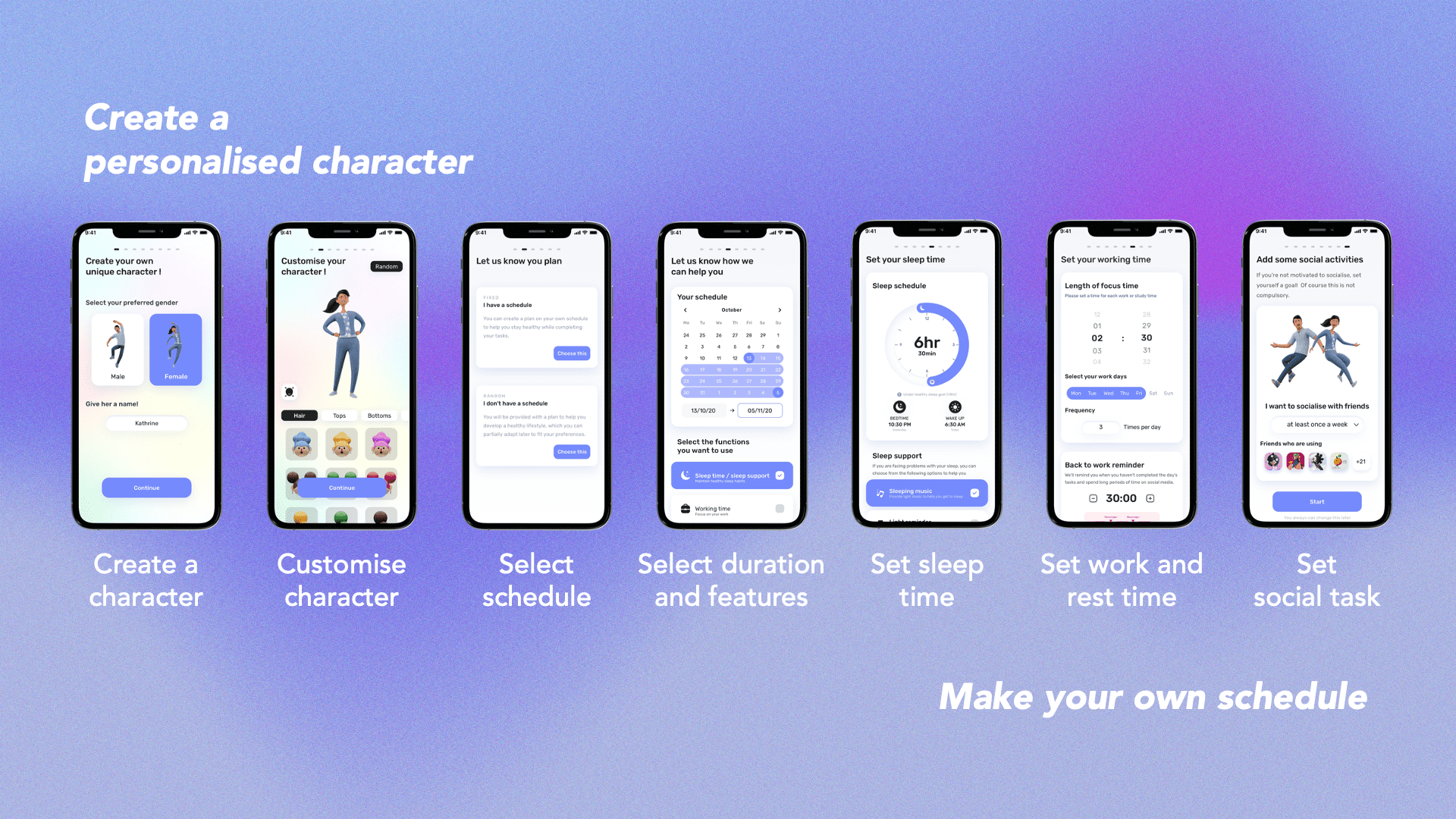
Design Outcomes
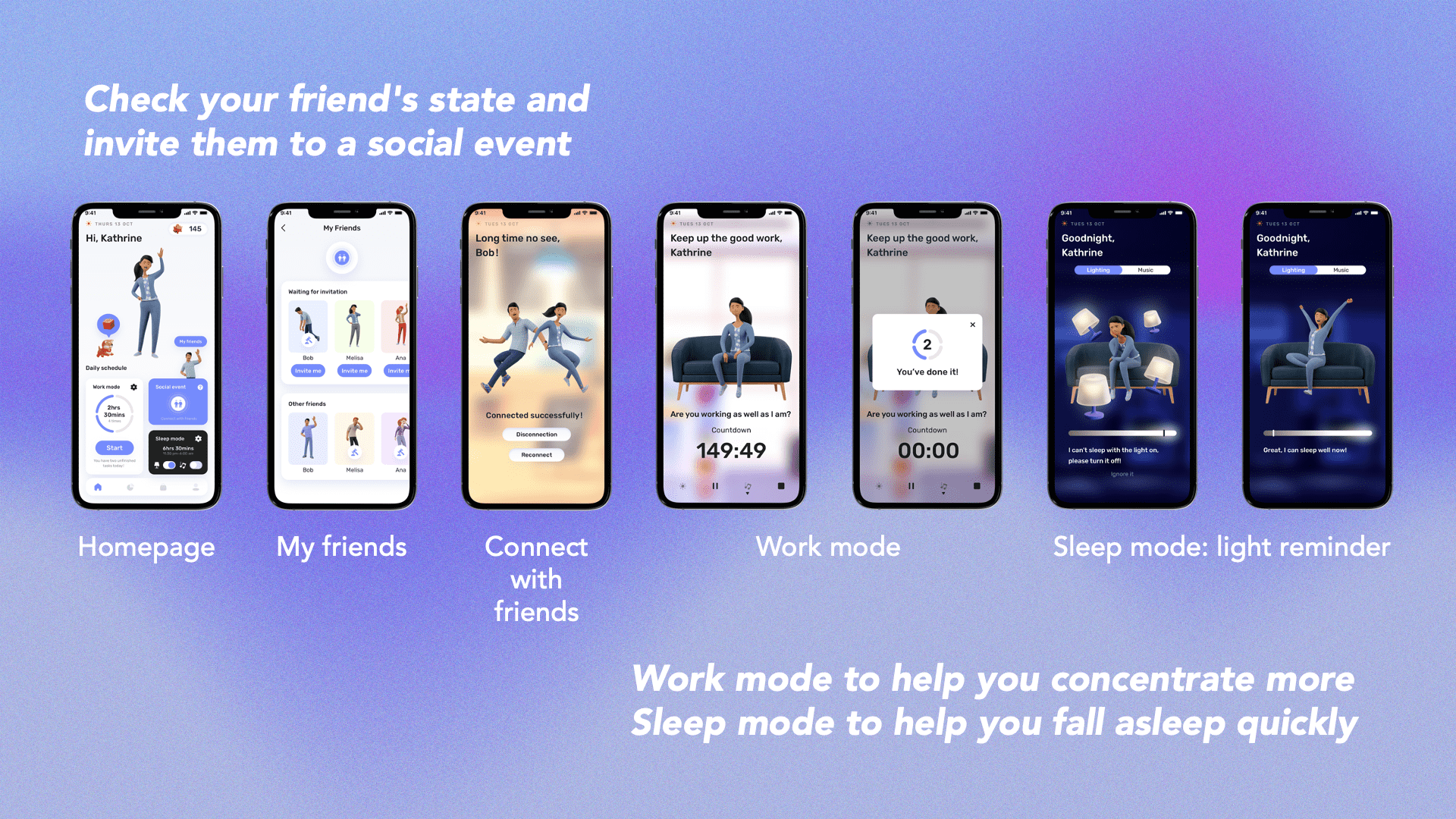
Design Outcomes
LIN XIA
I am a passionate and observant person and I want to use my designs to support the creation of a mentally and emotionally healthy society.
My undergraduate degree is in Digital Media Arts. Through my undergraduate studies, I gained an initial understanding of UX design and became very passionate about it. So I chose to go deeper into it during my postgraduate studies. Through my studies, I realised the value of UX design, not only to meet the needs of users but also to promote the transformation and sustainable development of society.
Through learning the theories and methods of UX design, I have become more and more aware of how people and society can achieve each other. As a UX designer, I am very concerned about the area of people's mental health. And through my studies, I realise that I have the ability to help build a good mental health environment for people and society through design. This is my desire but also my responsibility.
Major project
Balance social media with real life